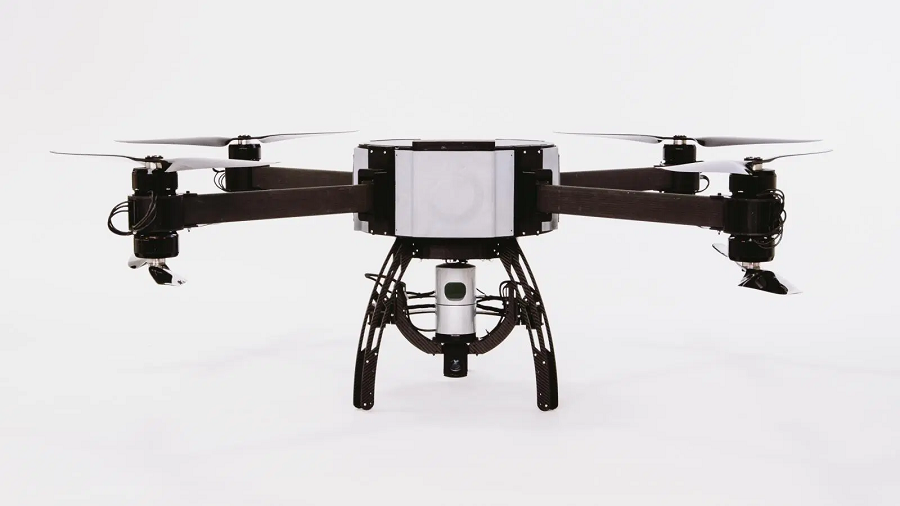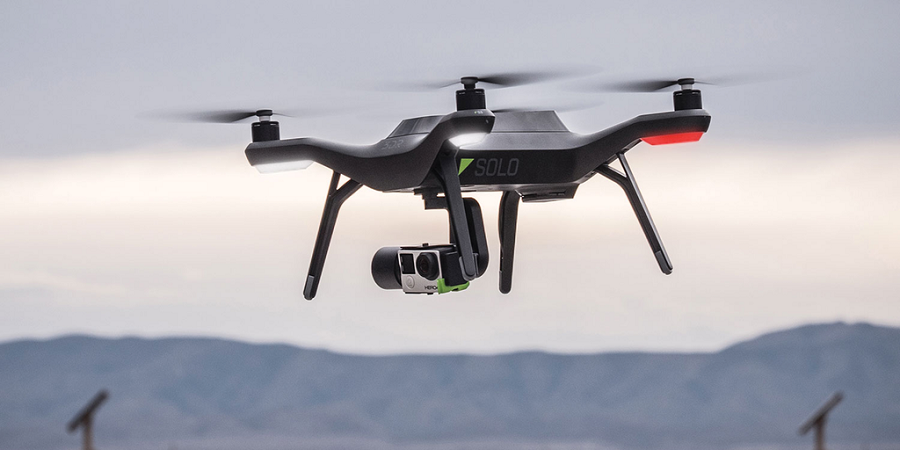We have seen in the last several years how drone capabilities are rapidly improving. According to robots.net, drones like GoPro’s Karma now has a comprehensive tracking system equipped to the device that follows its controller. Capturing content has never been more fantastic thanks to this technology.
Today, software engineers are even pushing closer to drone autonomy, and the full realization of this technology is within our reach. Autonomous or self-driving drones are no longer a thing in science fiction books, as proven by successful research on artificial intelligence and machine learning and a series of flight tests.
So, what does this fast-paced development in the field of drone technology mean to us? What are its potential benefits and downsides? Read on below to know more about autonomous or self-driving drones and to find out some of the answers to the pressing questions concerning this technological breakthrough.
How Self-Driving Drones Work?
Software is essential to successfully run self-driving drones. Without software and systems engineering, for instance, the feats in robotic autonomy won’t materialize. Moreover, robotic autonomy is rapidly improving due to the developments in deep learning and computational power capabilities, as well as radar and lidar accuracy.
Autonomous drones are programmed with computer vision to analyze in great detail the terrain and the surroundings. Optical analysis, Global Positioning System (GPS), and inertial navigation systems all contribute to creating a high-powered environmental awareness for self-driving drones.
LIDAR Technology
LIDAR, aka light detection and ranging technology, is a well-known remote sensing and surveying method that measures an object’s variable distances using a pulsed laser. This technology started to become popular in the 1980s, and since then, it’s used to calculate accurate geospatial measurements.
A LIDAR instrument delivers accurate and detailed 3D information on the Earth’s surface and the target object. A drone equipped with LIDAR technology is also capable of seeing in all directions through its continuous 360 degrees of visibility.
Deep Learning
Deep learning is a subfamily of machine learning that uses algorithms or artificial neural networks capable of learning a semi-supervised or unsupervised form of data.
Autonomous drones are programmed using artificial neural networks to avoid obstacles and interferences. Along with GPS, deep learning also creates virtual lines of travel to make sure the safety and efficiency of these drones.
Moreover, artificial intelligence and machine learning enable self-driving drones to adapt to the environment and synchronize with other drones toward a common goal in real-time.

Potential Uses of Autonomous Drones
Scientists and developers won’t care to develop self-driving drones if not for its potential applications. Here’s a list of what an autonomous drone can do for people and businesses.
Delivery
One of the most exciting uses of autonomous drones is delivering products and packages from one place to another. In 2013, Amazon CEO Jeff Bezos introduced the idea of Prime Air, a drone-powered delivery system designed to deliver packages to customers faster. Since then, companies like FedEx also entertain the idea of drone delivery methods.
However, the top challenge of drone-powered delivery is battery capacity and charging. Batteries are essential in this kind of technology, and the problem is how to ensure that these autonomous drones used for delivery are fully charged when traveling through the airspace. A wireless charger must be developed to power these drones when they run out of batteries.
Aerial Photography
Controlled drones are now being used to capture aerial images. Aerial photography is crucial in the field of real estate, media, military surveillance, among others. But, with deep learning programmed into self-driving drones, we will see a more advanced aerial photography in the near future.
Safety Surveillance and Search & Rescue Operations
Public safety surveillance will never be the same with autonomous drones. They can monitor criminal activities in crowded places and help curb smuggling and terrorism in border areas. Self-driving drones can also be a big help when it comes to performing search and rescue operations, especially in remote places.
This one advantage of self-driving drones is the reason why governments are developing highly advanced drone units.
3D Mapping in the Construction Industry
More and more people in the construction industry are looking forward to the full realization of self-driving drones. It’s because this technology is essential to perform surveys with the use of 3D Mapping. For sure, construction-related activities will be done with increased efficiency using self-driving drones.
Potential Threats of Autonomous Drones
Many people are wary of the unregulated implementation of autonomous drones because it can be used in criminal activities such as terrorism and invasion of privacy. Even Elon Musk and Stephen Hawking called for a ban on the use of autonomous robots and artificial intelligence in warfare
Moreover, we are not entirely sure yet if artificial intelligence and deep learning are capable of ethical reasoning. And, due to this downside of self-driving drones, some people are concerned whether this technology is a bane or boon to us humans.
Takeaway
We will likely see autonomous or self-driving drones flying through the airspace in the near future. The technology is being developed at a rapid pace today, and it’s indeed not a far off assumption.

